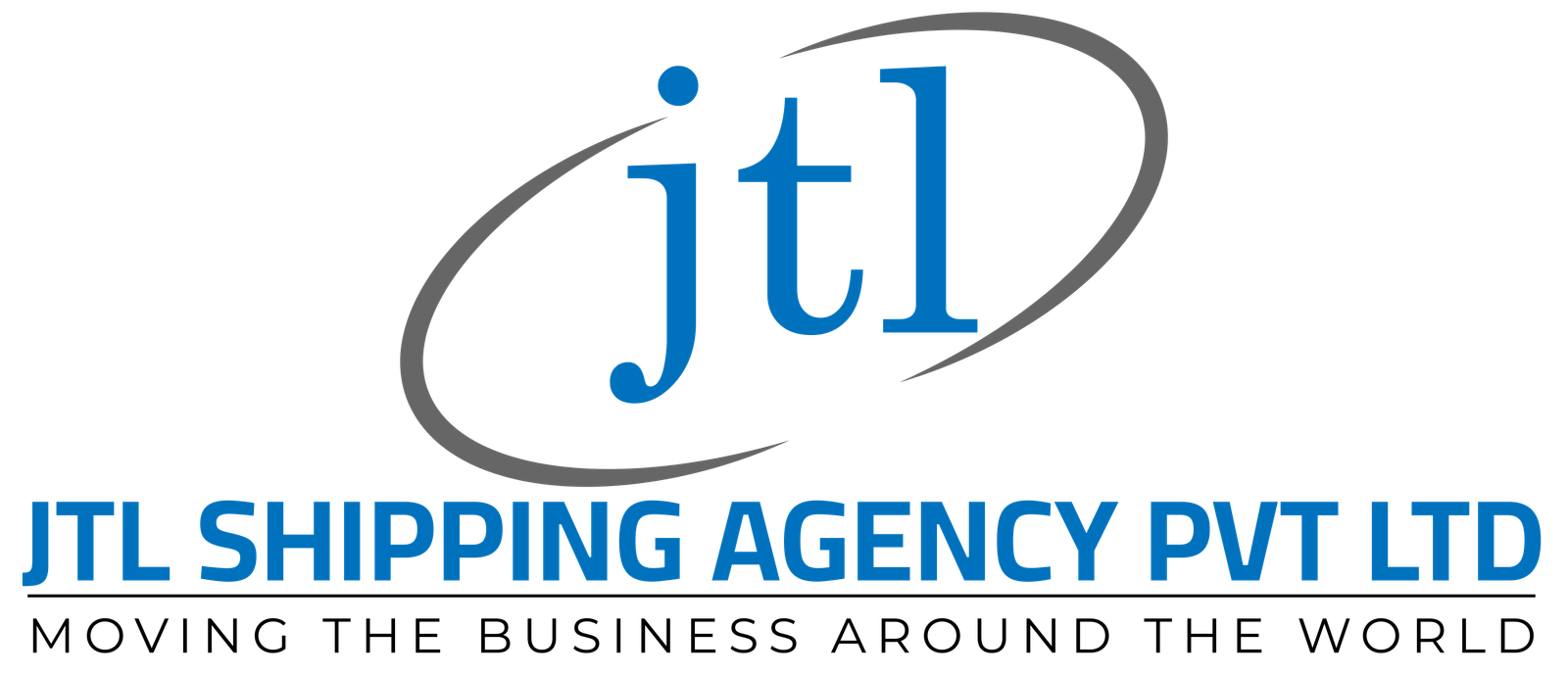Understanding Clearing and Forwarding
In the world of international trade and logistics, clearing and forwarding play a crucial role in ensuring that goods move seamlessly from one location to another. For businesses involved in importing or exporting, understanding these processes is essential for maintaining efficiency and compliance. Let’s delve into what clearing and forwarding entail, their importance, and how they benefit businesses. Clearing and Forwarding refer to two interconnected stages in the logistics and supply chain management process: This involves the process of clearing goods through customs. It includes preparing and submitting documentation required by customs authorities, paying necessary duties and taxes, and ensuring that the goods meet all regulatory requirements for entry or exit. This aspect deals with the transportation of goods from the point of origin to the destination. It involves organizing and coordinating the shipment, choosing the most efficient and cost-effective transportation methods, and managing the logistics to ensure timely delivery. International trade involves navigating complex regulations and customs procedures. Effective clearing ensures that all legal and regulatory requirements are met, reducing the risk of fines, delays, or confiscation of goods. Forwarding ensures that goods are transported in the most efficient manner possible. This includes selecting the right mode of transportation (air, sea, land), optimizing routes, and managing the logistics to minimize delays. Proper handling of clearing and forwarding can help businesses manage costs effectively. By optimizing transportation routes and methods, and ensuring compliance to avoid penalties, businesses can save on overall logistics expenses. One of the primary goals of forwarding is to ensure that goods reach their destination on time. This is critical for maintaining supply chain efficiency and meeting customer expectations. Clearing and forwarding help manage risks associated with international trade, such as delays, damage, or loss of goods. By having a clear process in place, businesses can mitigate these risks and ensure smoother operations. This includes preparing all necessary documents such as the commercial invoice, packing list, bill of lading, and customs declarations. Submitting documents to customs authorities, paying duties and taxes, and ensuring that the goods meet all import/export regulations. Organizing the transportation of goods, selecting carriers, and managing shipping schedules. Ensuring proper handling of goods, including warehousing, loading, and unloading. Coordinating the final delivery of goods to their destination, ensuring they reach the customer or the next point in the supply chain. Choosing the Right Partner For many businesses, navigating the complexities of clearing and forwarding can be challenging. Partnering with a reliable clearing and forwarding agent can streamline the process. Look for a partner with: Expertise and Experience Connections with customs authorities, shipping lines, and other key players in the logistics chain. Technology and processes in place to handle documentation, tracking, and communication effectively. Clearing and forwarding are integral to the logistics and supply chain management process, ensuring that goods move smoothly across borders and reach their destinations efficiently. By understanding and effectively managing these processes, businesses can enhance their operations, reduce costs, and improve overall supply chain performance. Whether you’re an importer, exporter, or a logistics professional, mastering the art of clearing and forwarding is key to achieving success in international trade.What is Clearing and Forwarding?
Why is Clearing and Forwarding Important?
The Clearing and Forwarding Process
Conclusion


